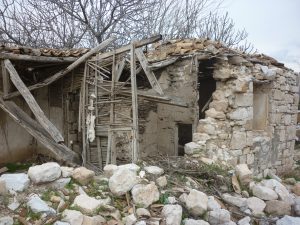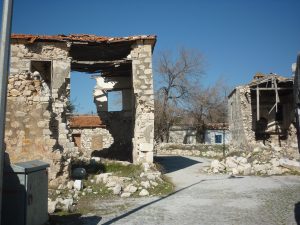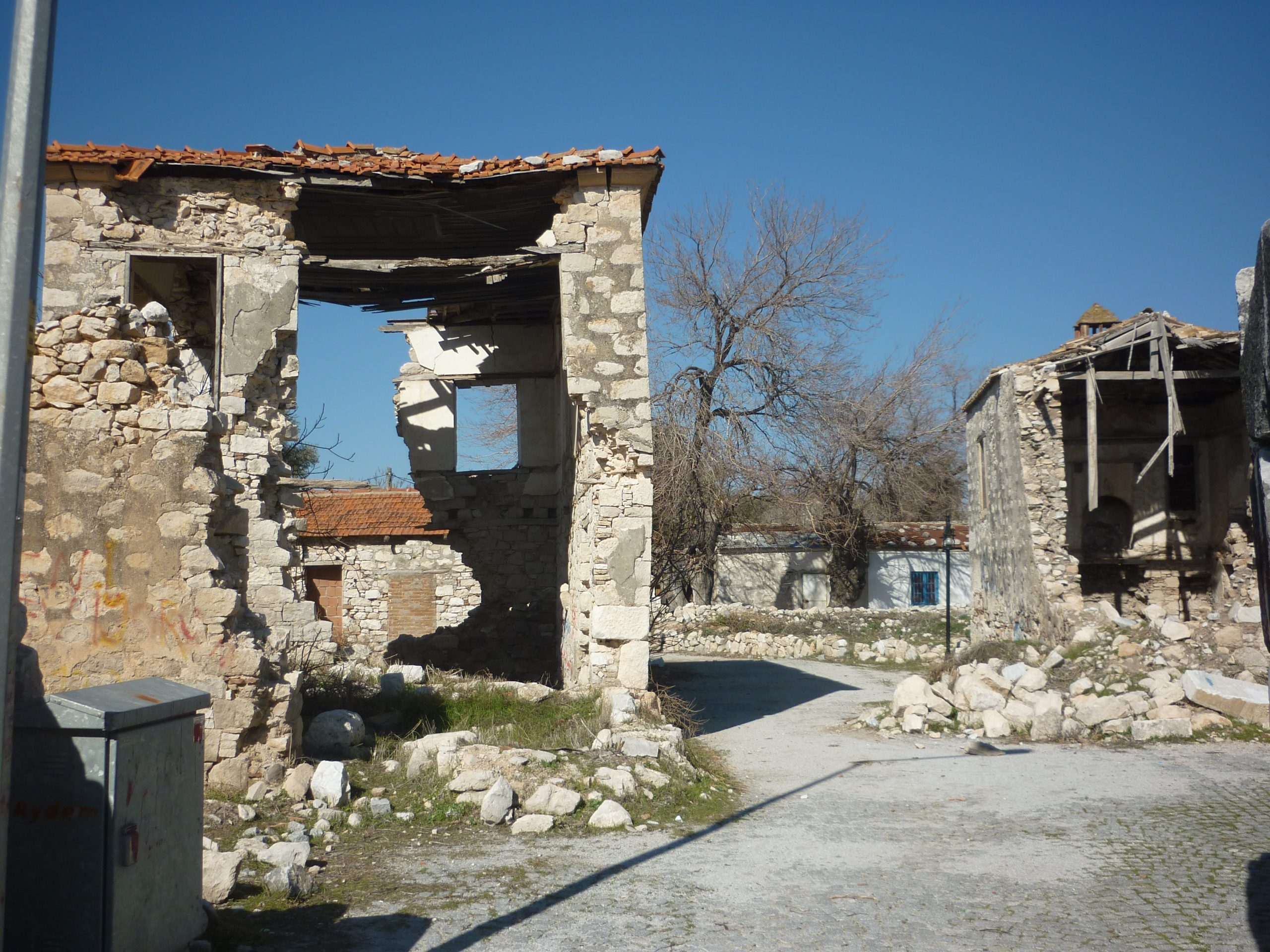Glenn Maffia
The recent 6.3 magnitude earthquake during July was a stark reminder of the power of nature’s forces.
It was also a sharp indication of why humankind has always felt the need to invent supernatural deities that would protect their fragile existence in the face of such awe-inspiring forces…all to no avail, naturally.
The ‘earth-shaker’
Taking pride of place upon Didim’s beachfront is located a statue of Poseidon, alluding to being bronze, the Greek god of the sea.
Though Poseidon was also known in antiquity as, ‘the earth-shaker’, the bringer of earthquakes, thus people were careful to pay due deference to this particular god.
The people of antiquity, of course, knew nothing of ‘plate tectonics’, which were only postulated and then confirmed during the 1960s. Therefore for humankind to explain and ‘know’ they, as always, referred these events to the will or displeasure of a figment of their clouded imaginations.

Though the ancient’s perception of equating a shaking earth with the god of the sea was surprisingly accurate as most tectonic plates rest under the coastal waters of continents, seas and oceans the world over.
Allied with a human destroyer
The previous Archaic Temple at Didyma, construction started in the late 6th century BCE, escaped the natural catastrophe of destruction by the ‘earth-shaker’, only to fall to human misfortune when the Persians looted and smashed the Temple before razing it to the ground with fire, after the Battle of Lade during 494 BCE.
Recovery was not possible under Persian rule, though when Alexander invaded and completely routed the Persians the old temple was followed by the construction of the Hellenistic Temple, though probably not from earlier than 301 BCE.
Quite obviously, a unified whole will be stronger than a partially built structure, a point which periodically affected the construction, as earthquakes continued to undo the labour, sweat and toil of the engineers and stone masons. The Temple was still not quite complete some 600 years later.

Slowly at first and then apace after the edict of Theodosius prohibiting any form of pagan worship, the old religion slunk into the shadows and annals of history. A church was placed within the inner sanctum; whist the Temple’s marble was quarried and burned to produce lime mortar.
The final fall
An Italian traveller and humanist, Ciriaco di Pizzicolli, aka Cyriacus di Ancona, (1391-1452), reported he saw the Temple still standing during his visit in 1446.
Ciriaco was the first of a select few of European visitors to Didyma before 1800. It was soon reported the Temple had been significantly demolished in an earthquake of 1493.
For an earthquake to demolish so much of the Temple it must have been of far greater amplitude than July’s 6.3 magnitude.
Two surveys by the Dilettanti Society of London between 1764/5 and 1812 reported that, “the temple appears to have been thrown down by an earthquake”, as the columns are aligned in a common direction.
Within living memory
The ‘earth-shaker’ was never to rest, of course, and the shattering and splintering of the landscape continued, and continues.
Though one which is within living memory and still recounted by the elderly inhabitants of Didim is the earthquake of 1956.
For this we have accurate records. The epicentre was just south of the Greek island of Amorgos in the south Aegean where a mammoth 7.7 magnitude was recorded (that is 14 times the strength of the latest July quake). It occurred on Monday 9th July of that year at 06:11.
Though the power of the magnitude would have decreased somewhat by the time it hit the old Greek village (then called ‘Hisar’) surrounding the Temple, the quake, nonetheless, flattened almost all of the buildings situated there. The Temple stood unmoved.
Such destruction caused the government of the Republic of Turkey to build a new settlement, called Yenihisar, which is now the centre and heartbeat of the modern town of Didim.
